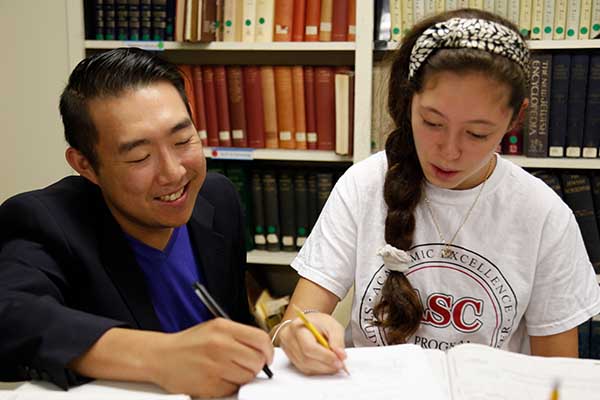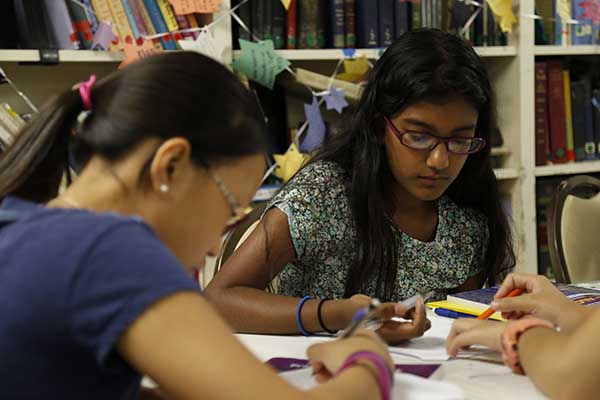
Gaining admission to leading schools can be a great way for your child to secure a quality education that prepares them for a lifetime of success. This is something, however, that is often dependent on achieving a good result on the Independent School Entrance Exam (ISEE). A comprehensive exam assessing a number of foundational abilities, this test’s breadth makes it both a strong indicator of what a student can achieve, and something that can be difficult to prepare for.
There are three different levels of ISEE exams that students can take: Lower Level, for grades 4-5; Middle Level, for grades 6-7; and Upper Level, for grades 8-9, with all exams covering similar, but increasingly difficult, areas of knowledge.
A great starting point for preparing for this exam is simply to understand what it includes. This can help you and your child focus your studying efforts and develop strategies that will best prepare them to get the results they need.
Ready to start your preparation? Here’s a look at what can be found on the test.
Language instruction forms an important part of all levels of childhood and adolescent schooling, so it’s no surprise that skills with language form an important part of the test at all levels of the ISEE.
The content falls into two main categories: verbal reasoning and reading comprehension. Verbal reasoning questions test students’ abilities to identify synonyms and to complete sentences. In the reading comprehension questions, students will be asked to identify concepts and meaning after reading samples of text.
At a basic level, simply spending time reading can be a good way to prepare for this section of the exam. The more your child exposes themselves to new vocabulary and derives meaning from text, the better shape they will be in for these portions of the ISEE. Taking care to use a dictionary to search for the definitions of new words and completing practice questions for reading comprehension can be good ways to supplement your ISEE exam preparation strategy.

Reading and completing comprehension exercises are great ways to prepare for the ISEE
Two more sections on the ISEE – quantitative reasoning and mathematics achievement – deal with mathematical aptitude, so it’s important for your child to put some time into studying math as part of their ISEE exam preparation.
Quantitative reasoning primarily focuses on arithmetic, with questions that include estimating, determining probability, and other tests of mathematical reasoning. The mathematics achievement section deals with more direct mathematical abilities relating to topics like algebra, geometry, and problem solving.
At all levels, the last portion of the ISEE is an essay, which is intended to be used as a demonstration of how well students can present their thoughts in an organized manner. This section is not required for exam schools, and is only submitted when a student is applying for private schools.
Students have just 30 minutes to complete the essay portion of the test, which means that it is important for them to learn how to use the time to maximum effect. Good preparation for this section will include writing organized essays while considering the mental pressure that students might feel while working under a tight time constraint.
An ISEE exam prep course that deals extensively with time management and other top test-taking strategies can help your child to overcome this challenging test. At ASC A+, for instance, young scholars develop several study tools to help them quickly and accurately complete all sections of the ISEE. Experienced, attentive instructors encourage the calm and confidence that can help your child maintain momentum throughout the exam. It’s an ideal solution for children of any age hoping to achieve the best possible results en route to acceptance to top schools.

ISEE prep instructors will help your child make the most of their time on the essay portion of the test
Are you looking for ISEE training that produces results?
Choose ASC A+! Over 90% of our ISEE students are admitted to top schools!